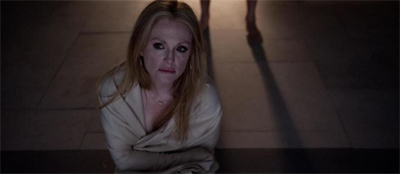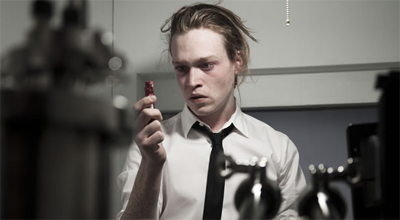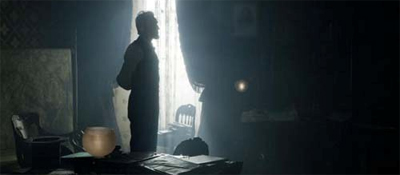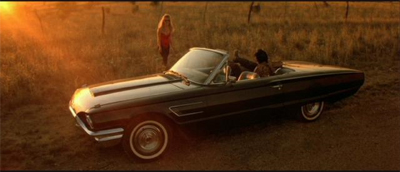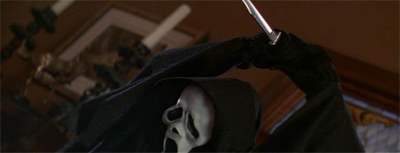We’re launching a new column at The Escapist, called Out of Focus. It will publish every Wednesday, and the plan is to use it to look at some film and television that would maybe fall outside the remit of In the Frame, more marginal titles or objects of cult interest. This week, we took a look at David Cronenberg’s Crimes of the Future.
This past year saw an explosion in movies by auteur directors exploring their childhood and their relationship to their art: The Fabelmans, Empire of Light, Armageddon Time, and so on. What is really interesting about Crimes of the Future is that arguably fits that template for director David Cronenberg. Cronenberg is a director known for his depictions of body horror and transformation, a unique filmmaker with a very distinctive style. Crimes of the Future feels at times like an attempt by Cronenberg to express where his art comes from: inside.
You can read the piece here, or click the picture below.
Filed under: Movies | Tagged: art, body horror, crimes of the future, david cronenberg, ideas, manifestation, out of focus, the escapist, transformation | Leave a comment »
















